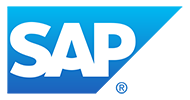Managing Time Off Eligibility Rules in Workday can be complex for HR professionals. CloudApper hrPad simplifies this by providing a no-code interface, real-time validation, and visual rule configuration, enhancing compliance and user experience.
Table of Contents
Managing Time Off Eligibility Rules in Workday can be a confusing and technical process—especially for HR professionals who are new to Workday Absence Management. A common requirement like preventing employees from requesting time off after a specific cutoff date may seem simple, but actually requires knowledge of calculated fields, constant date comparisons, and period-based eligibility logic.
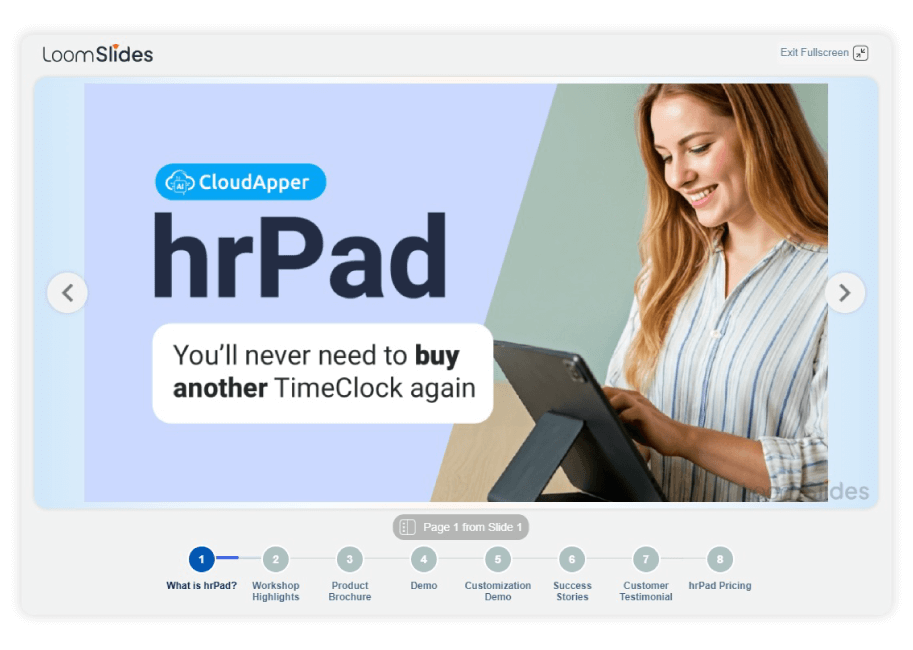
For more information on CloudApper hrPad visit our page here.
For many HR teams, this leads to confusion, configuration errors, and an overreliance on IT or consultants.
The Complexity of Time Off Eligibility Rules in Workday
In Workday, eligibility rules often depend on creating complex backend configurations such as Constant Date Calculations and Value Comparisons (e.g., Period Start Date < April 1, 2026). Understanding how absence periods align with effective dates adds another layer of complexity. While this setup is powerful, it’s not intuitive. HR users often struggle to understand why requests are allowed or blocked, especially when backdated or future-dated requests appear to bypass configured restrictions. A simple business rule like ‘disallow requests after a policy sunset date’ becomes a multi-step technical challenge.
Common Challenges HR Teams Encounter
| Pain Point | Description |
|---|---|
| Steep Learning Curve | HR users must understand calculated fields and eligibility conditions in Workday. |
| Misaligned Logic | Period Start Dates may not match request logic, leading to incorrect eligibility outcomes. |
| Trial-and-Error Setup | Configurations often require manual testing to validate rules. |
| Poor End-User Visibility | Employees do not receive clear reasons when requests are blocked, creating confusion. |
These challenges create unnecessary reliance on technical teams and reduce efficiency in enforcing compliance policies.
How CloudApper hrPad Simplifies Rule Enforcement
CloudApper hrPad is a self service kiosks designed to enhance Workday’s user experience, particularly for employee self-service scenarios like time off requests. It transforms complex Workday logic into easily manageable rules through a clean, guided interface.
Real-Time Eligibility Validation
Employees receive immediate feedback when their time-off request does not meet policy criteria. Instead of submitting and waiting for rejection, they are informed instantly, reducing friction and improving compliance.
Visual Rule Configuration
With hrPad, HR administrators no longer need to navigate backend configurations. Here’s how hrPad compares with Workday’s native setup:
| Feature | Workday Native | CloudApper hrPad |
|---|---|---|
| Rule Setup | Requires calculated fields and complex logic | No-code visual builder with date pickers and logic dropdowns |
| Real-Time Feedback | Limited | Instant validation and error messaging |
| Policy Variation Support | Requires plan duplication or ISU logic | Supports dynamic logic by location, union, or job profile |
| Audit and Visibility | Limited to backend logs | Full transparency with user-facing alerts and audit trail |
Policy-Specific Messaging
For example, if a rule blocks requests after April 1, 2026, hrPad can display a message like:
‘This time off type is not available after April 1, 2026 per company policy.’
This reduces employee confusion and improves trust in the system.
Real-World Application
Imagine a healthcare organization needing to restrict COVID-related leave types after a government funding cutoff. Using Workday alone, they would need to:
- Build and test calculated fields.
- Align absence period schedules with effective dates.
- Manually audit submissions.
With hrPad, this can be done in minutes with clear visuals and no code.
Final Thought
Time Off Eligibility Rules in Workday are crucial for operational and compliance control. However, native configurations can be overly technical for HR users. CloudApper hrPad empowers HR teams to enforce those rules with a visual, no-code interface that simplifies configuration, improves accuracy, and enhances employee experience.
What is CloudApper AI Platform?
CloudApper AI is an advanced platform that enables organizations to integrate AI into their existing enterprise systems effortlessly, without the need for technical expertise, costly development, or upgrading the underlying infrastructure. By transforming legacy systems into AI-capable solutions, CloudApper allows companies to harness the power of Generative AI quickly and efficiently. This approach has been successfully implemented with leading systems like UKG, Workday, Oracle, Paradox, Amazon AWS Bedrock and can be applied across various industries, helping businesses enhance productivity, automate processes, and gain deeper insights without the usual complexities. With CloudApper AI, you can start experiencing the transformative benefits of AI today. Learn More
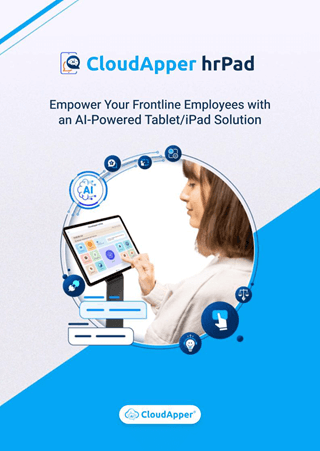
Brochure
CloudApper hrPad
Empower Frontline Employees with an AI-Powered Tablet/iPad Solution
Download Brochure
CloudApper AI Solutions for HR

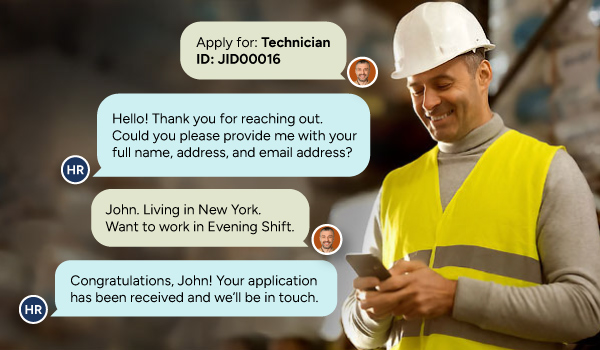

- Works with
- and more.
Similar Posts
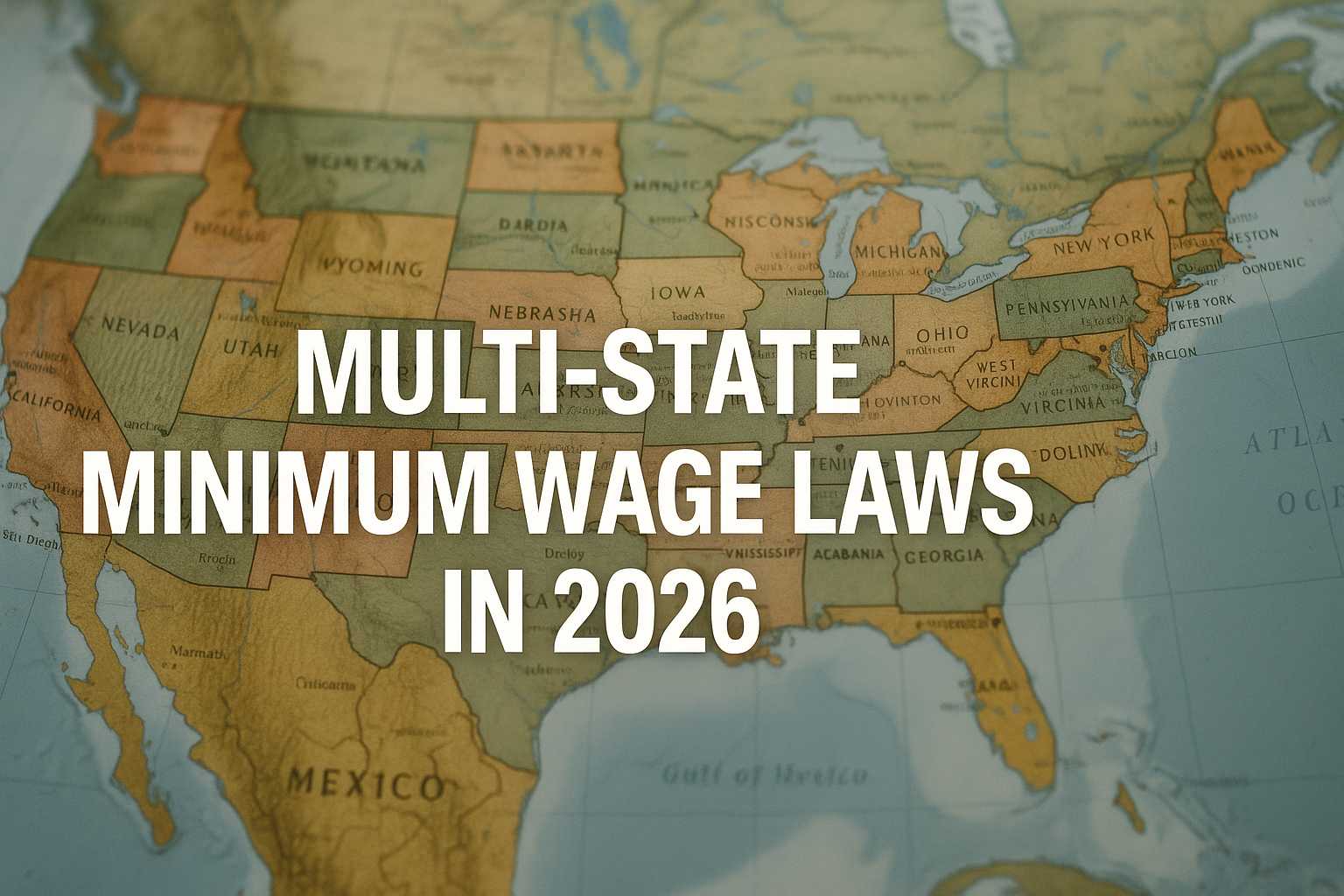
Managing Complex Multi-State Minimum Wage Laws in 2026 with CloudApper…
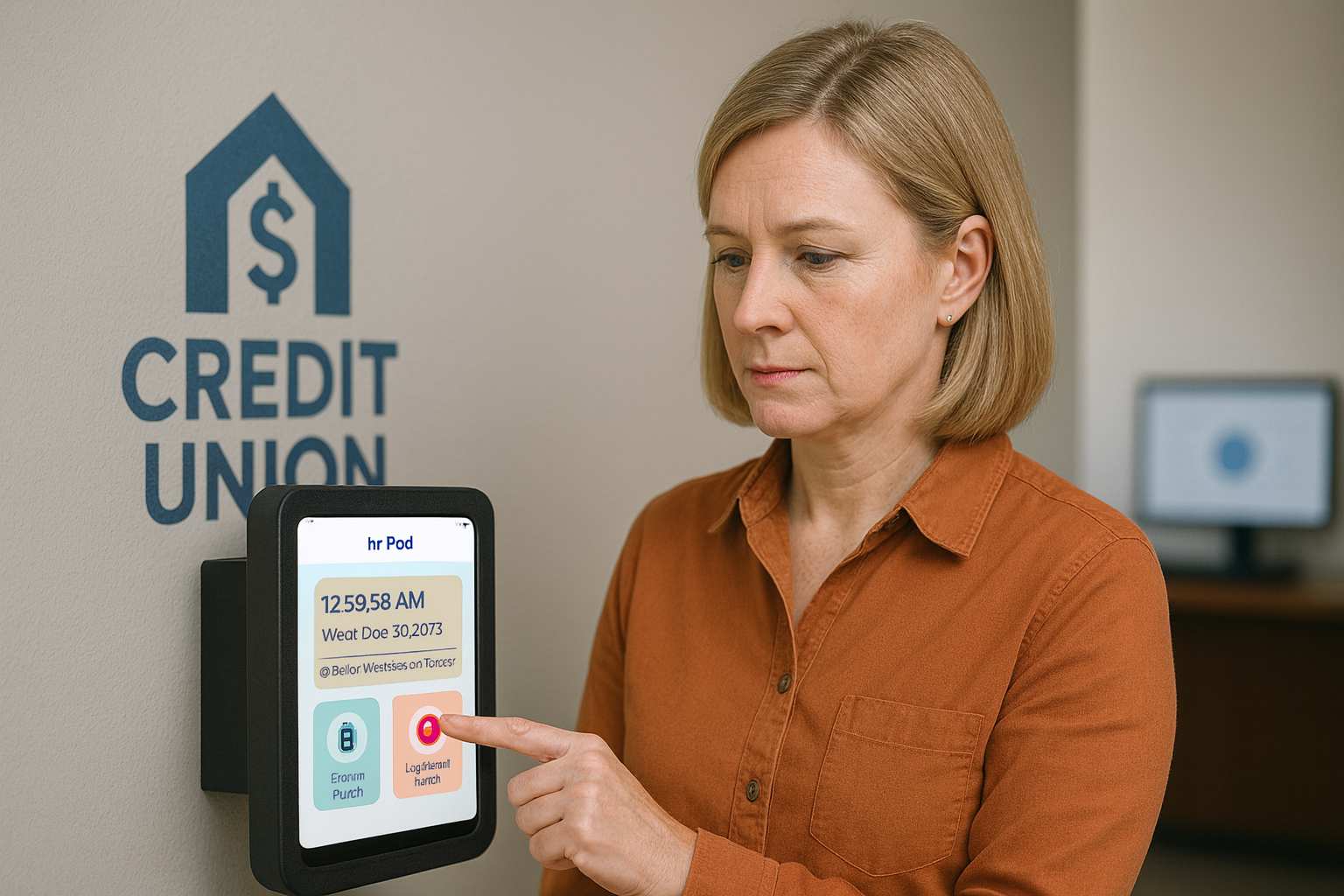
How One Credit Union Solved HR Fragmentation During a Major…





